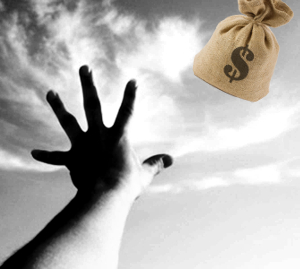Prices drive trade gap
 New stats show the nation's trade surplus fell to $3.1 billion in March.
New stats show the nation's trade surplus fell to $3.1 billion in March.
The Australian Bureau of Statistics says imports rose two per cent and exports jumped five per cent in the month, delivering the third largest trade surplus on record.
But JP Morgan senior economist Tom Kennedy says the surplus is coming from prices rather than volumes, masking the fact that export volumes actually fell three per cent in March, while import volumes were up 1.5 per cent.
“Combining these dynamics means that net trade is now likely to be a drag on GDP growth, rather than a modest support as per our previous forecast,” Mr Kennedy said in a note.
“It is not all bad news, however, with the revision to the data in the past six months suggest that export volumes in the fourth quarter of 2016 may be revised higher.”
Gold and rural goods were the main drivers of exports, while imports were led by textiles and clothing, and food and beverages.
Citi economists said the Reserve Bank of Australia would welcome the indication that consumption spending was not slowing down.
“This leaves the RBA back to juggling the impact of weak core inflation and excess labour supply versus the dangers from record high and still rising household debt and house price growth,” the economists said.







 Print
Print